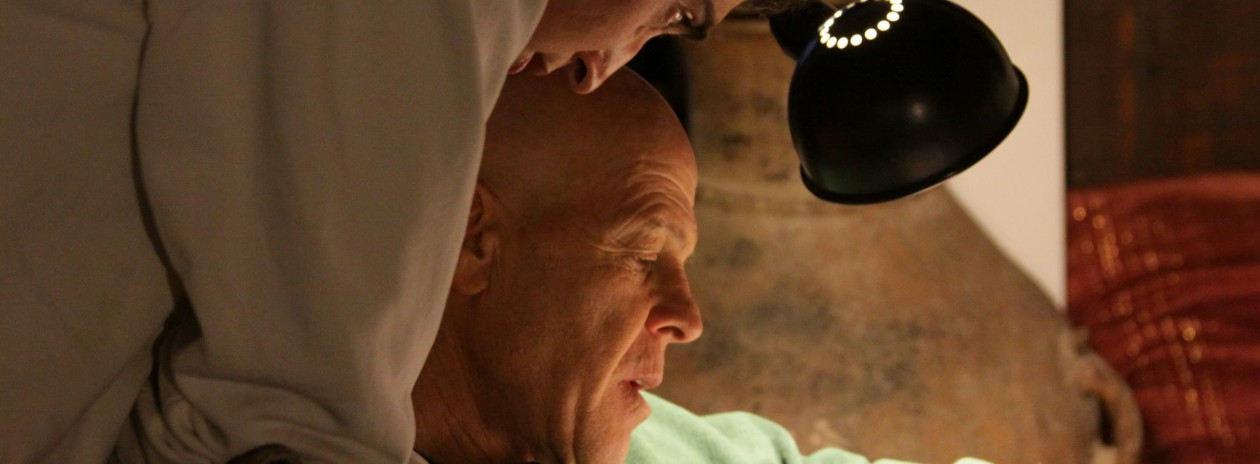Ultra-Orthodox culture embraces elaborate, high-resolution scales of religiosity. A prominent example is the hierarchy among those institutions which issue kashrut certification, particularly when it comes to the certification of ritual slaughter.
Written By Professor Gideon Aran
First, there exists a fundamental distinction between “regular” kashrut and “special” kashrut for the stringent (mehadrin), popularly referred to by the Yiddish designation Glatt (Smooth). “Regular” kashrut is deemed sufficient for Israeli Jews at large, including a decisive majority of the Orthodox. The Ultra-Orthodox, on the other hand, find “regular” kashrut insufficient, and prefer the “special” certification instead despite added expenses and hassles.
But even this special level of certification has its own internal religiosity ranking system, the intricacies of which are known only to experts within the community. The stamp of kashrut issued by the Haredi Jerusalem Rabbinate is not satisfactory for certain members of the Ultra-Orthodox community and some will prefer the certification of the Edah Haredit (Badatz).
For many Ultra-Orthodox the certifying body upon which they rely for kashrut is determined by affiliation with certain sects or loyalty to specific rabbinical authorities (Belz, Landau, Rubin, etc.) reputed as upholding different standards of stringency. These kashrut rankings are subject to constant change, controversy, and negotiation. Rarely does the question of quantifying religiosity stand alone without being affected by issues of prestige or financial and political considerations.
On the Ultra-Orthodox street there is talk of the “table test”: who can–or cannot–eat at whose homes in the community. The stronger or more radical one’s Judaism, the fewer homes where one may eat. A clear-cut pyramid emerges designating rising levels of religiosity. An association with the Hindu food-taboo system is unavoidable. The Jewish case of food stringency, rather than reflecting a rigid hierarchy of castes, is a metonym for the measurability of religiosity.
Taken from “On Religiosity and Super-Religiosity: Measures of Radical Religion”, By Prof. Gideon Aran
